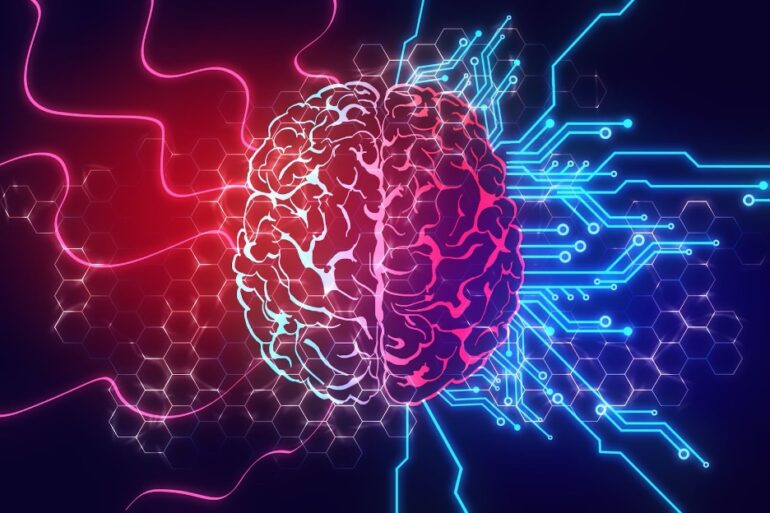TL;DR:
- Researchers at MIT’s CSAIL have developed automated interpretability agents (AIAs) to understand complex AI systems.
- These AIAs actively participate in hypothesis formation, experimental testing, and iterative learning to explain AI behavior.
- The “function interpretation and description” (FIND) benchmark provides a standardized evaluation for interpretability procedures.
- FIND includes synthetic neurons for testing AIAs and assessing the quality of their descriptions.
- Despite progress, full automation of AI interpretability remains a challenge, especially for functions with irregular behavior.
- The goal is to develop automated interpretability procedures for real-world applications like autonomous driving and face recognition.
Main AI News:
As the world of artificial intelligence continues to evolve, understanding the inner workings of neural networks, especially in the case of increasingly complex models like GPT-4, remains a formidable challenge. Researchers and scientists have grappled with the task of reverse-engineering these AI systems, relying heavily on human intervention and oversight. However, a groundbreaking approach is emerging from MIT’s Computer Science and Artificial Intelligence Laboratory (CSAIL), offering a glimpse into the future of AI interpretability.
Enter the “automated interpretability agent” (AIA), a revolutionary concept designed to replicate a scientist’s experimental processes. These AI agents are poised to transform the landscape of AI interpretability by conducting experiments on neural networks and providing intuitive explanations for their behavior. Unlike traditional methods that passively classify or summarize examples, the AIA actively engages in hypothesis formation, experimental testing, and iterative learning. It refines its understanding of AI systems in real-time, marking a significant leap in interpretability research.
But that’s not all. CSAIL researchers have introduced the “function interpretation and description” (FIND) benchmark, a critical component of this innovative approach. FIND offers a comprehensive test bed of functions that mirror computations within trained networks, complete with descriptions of their behavior. This benchmark addresses a long-standing challenge in evaluating interpretability procedures: the quality of explanations. FIND provides a reliable standard for assessing interpretability methods by comparing AIAs’ descriptions with function descriptions in the benchmark.
Let’s take a closer look at how this works in practice. FIND includes synthetic neurons that mimic real neuron behavior inside language models. AIAs gain black-box access to these synthetic neurons and design inputs to test their responses. The AIAs’ descriptions are then evaluated against ground-truth descriptions, enabling a robust comparison of their capabilities against other methods in the field.
Sarah Schwettmann, PhD ’21 and co-lead author, underscores the potential of this approach: “The AIAs’ capacity for autonomous hypothesis generation and testing may be able to surface behaviors that would otherwise be difficult for scientists to detect. It’s remarkable that language models, when equipped with tools for probing other systems, are capable of this type of experimental design.”
Automating interpretability has become a necessity in an era where AI systems themselves are becoming black boxes. The CSAIL team recognizes the importance of external evaluations for interpretability methods. With functions spanning diverse domains and an evaluation protocol that covers code replication and natural language descriptions, FIND sets a new standard for assessing AI interpretability.
However, it’s essential to note that despite the promising results, we are not yet fully automating interpretability. AIAs, while outperforming existing methods, still face challenges in accurately describing certain functions, especially those with noise or irregular behavior. To enhance interpretation accuracy, the researchers are exploring new techniques, including guiding AIAs’ exploration with specific inputs.
Looking ahead, the team is developing a toolkit to empower AIAs for more precise experiments on neural networks. Their ultimate goal is to create automated interpretability procedures that can help audit systems in real-world scenarios, such as autonomous driving and face recognition, by uncovering potential failures, biases, or unexpected behaviors before deployment.
The future of AI interpretability holds the promise of nearly autonomous AIAs working in collaboration with human scientists, pushing the boundaries of experimentation and understanding. These advanced AIAs could usher in new types of experiments and questions, transcending human limitations and making AI systems more transparent and dependable.
In the words of Martin Wattenberg, a computer science professor at Harvard University, “A good benchmark is a powerful tool for tackling difficult challenges. It’s wonderful to see this sophisticated benchmark for interpretability, one of the most important challenges in machine learning today. I’m particularly impressed with the automated interpretability agent the authors created. It’s a kind of interpretability jiu-jitsu, turning AI back on itself in order to help human understanding.”
Conclusion:
The development of AIAs and the FIND benchmark represents a significant step toward improving AI interpretability. This breakthrough will have a profound impact on the AI market, as it paves the way for more transparent and accountable AI systems. Businesses that rely on AI technologies should take note of these advancements and consider their implications for auditing and understanding AI systems in critical applications.

